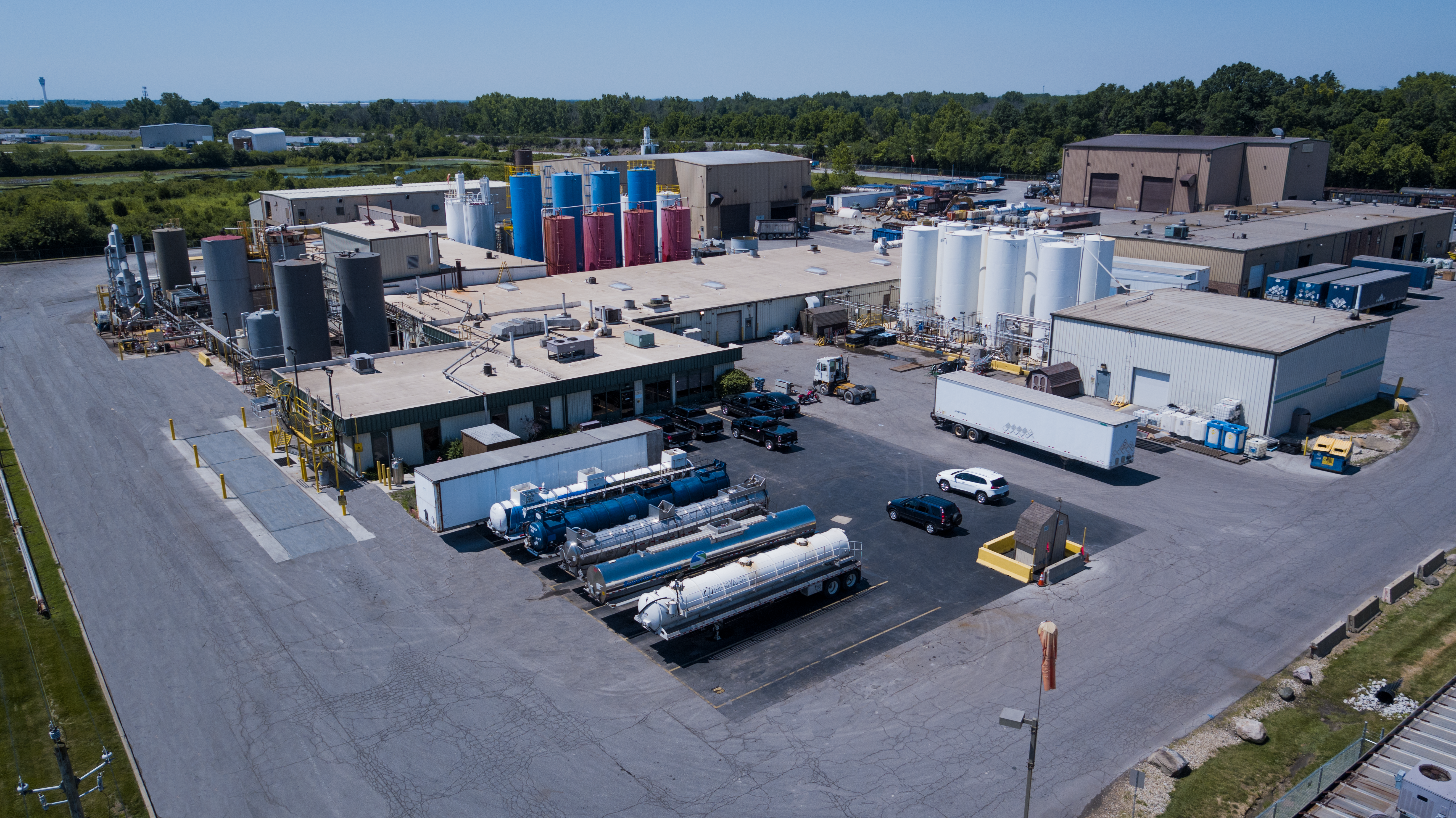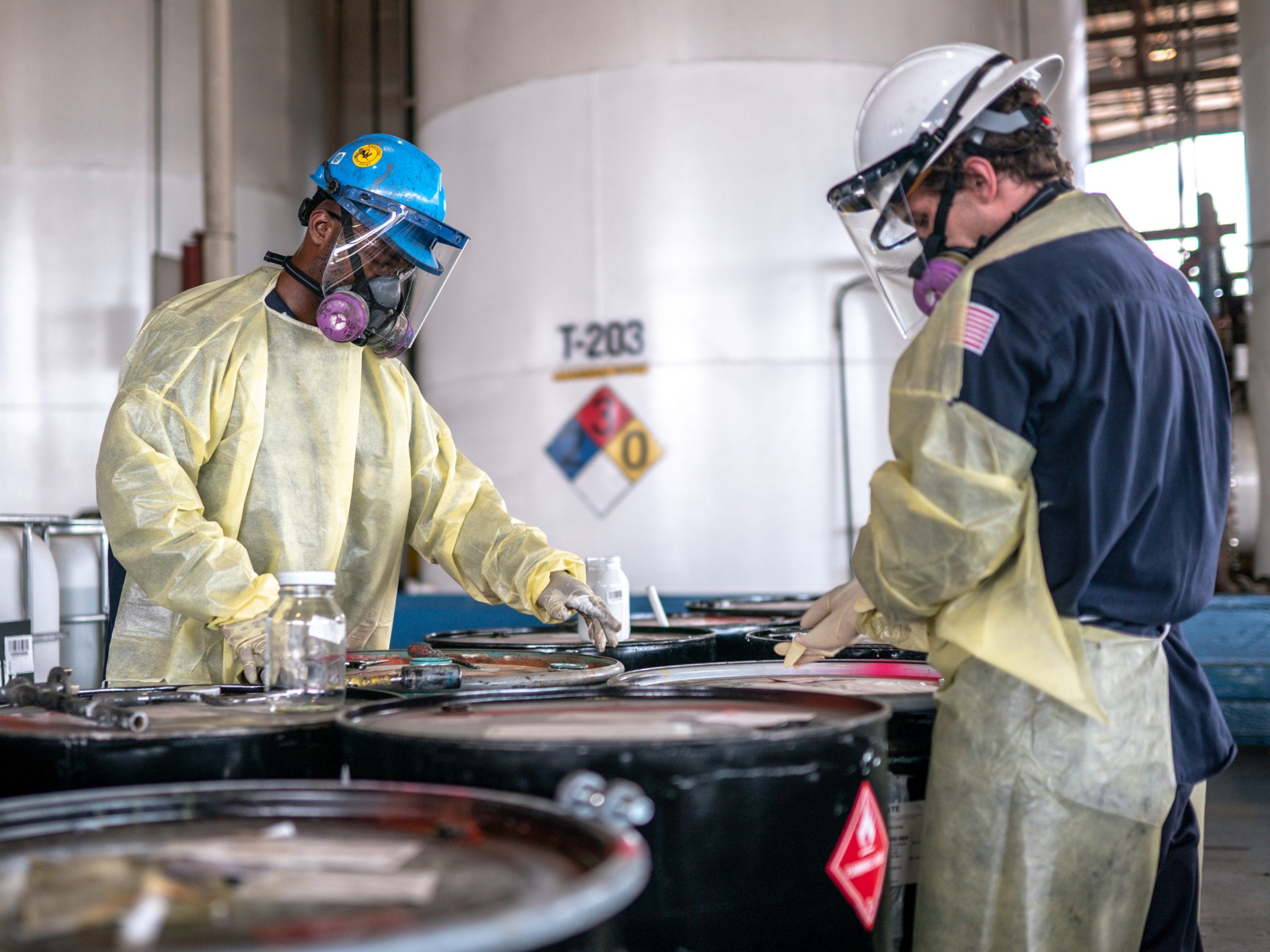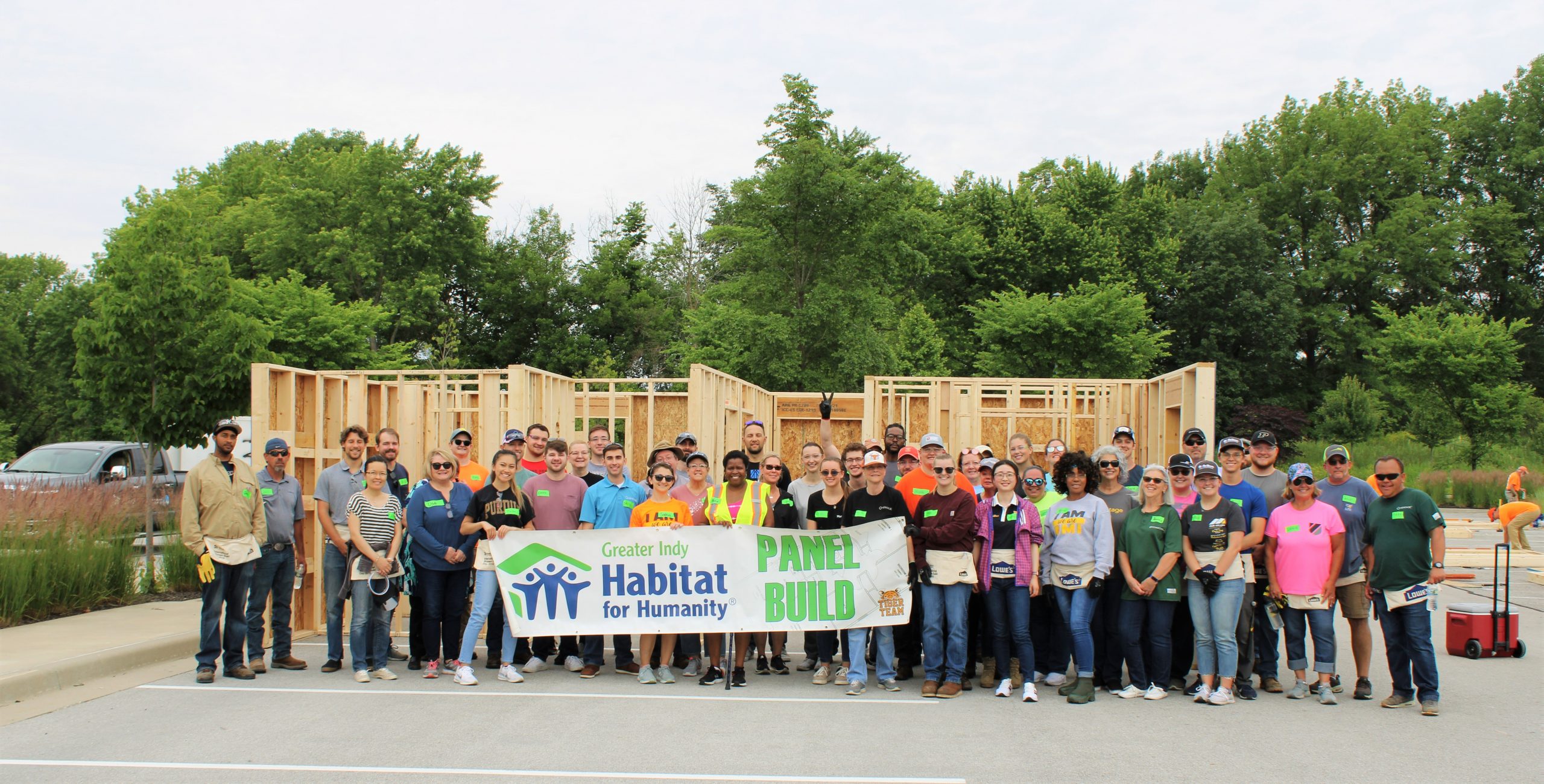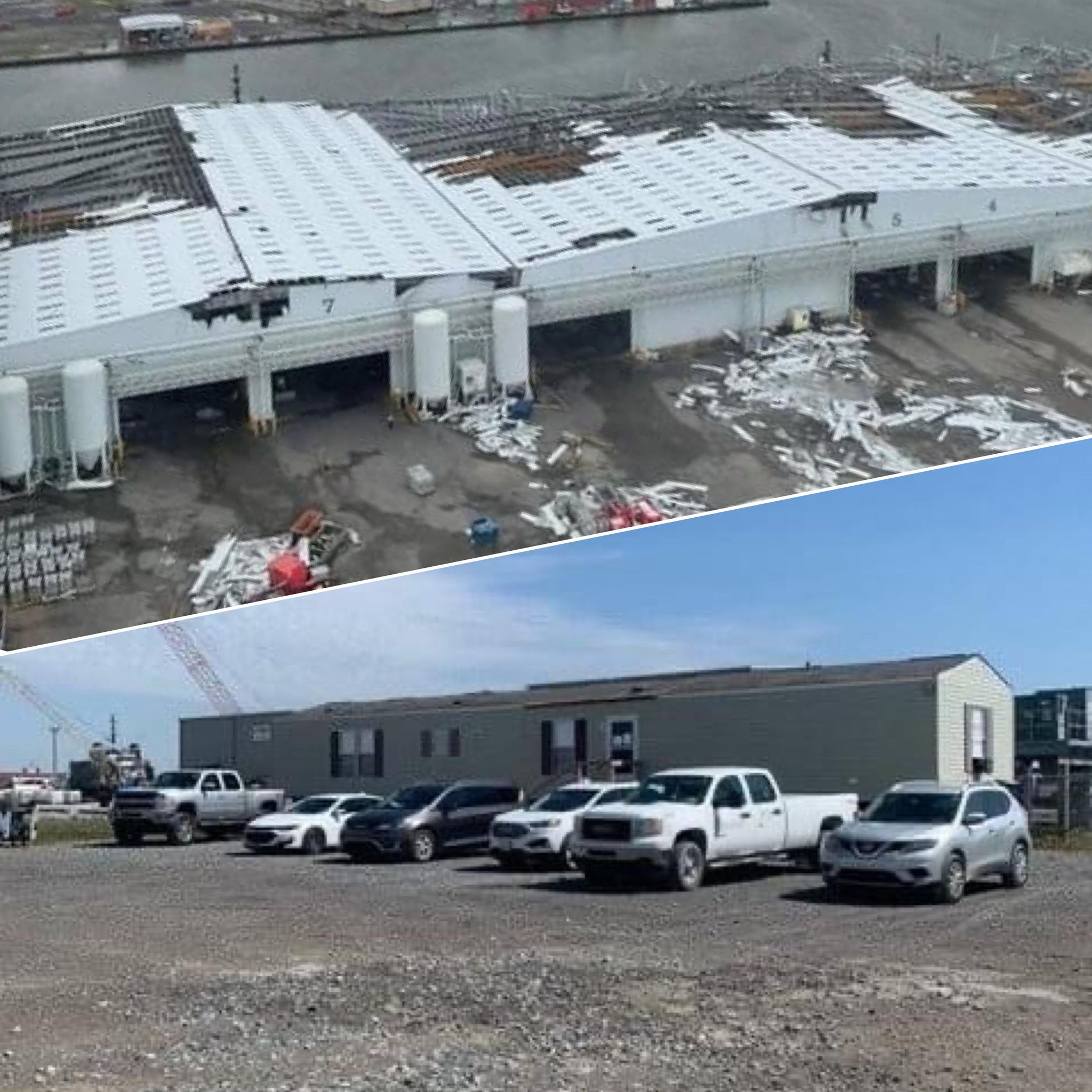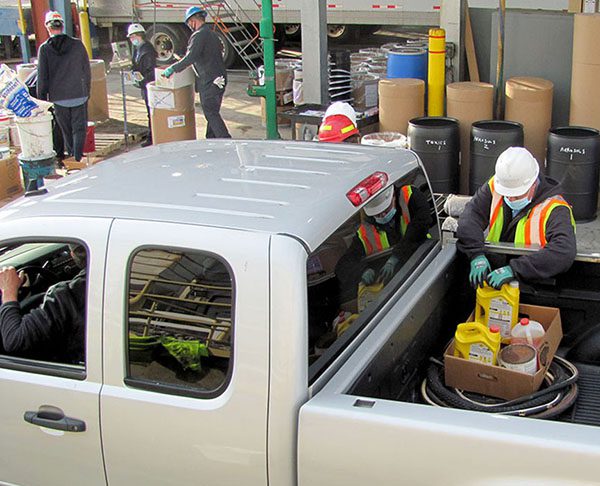
Are we prepared for change? We use many tools to identify hazards, audits, safety observations, inspections, safe work permits and so on. But what do we use to identify hazards that creep up while we are in the middle of a job, focused on getting it done? These hazards are called “changing conditions.”
Changing conditions are things that change during a project — something that has changed since the initial plan — and that may impact the safety of the workers on the job and others around you. A good example of a task that has frequently changing conditions is driving. When we drive down the highway, the situation changes (almost by the second) depending on what city you are driving in.
Now, let’s relate this to other aspects of our work with an example:
Your crew is working on the third level of a process unit performing maintenance. As work starts, you notice a liquid dripping down from the deck above you. As you step away to see what’s happening, you notice another group performing a line break on a vessel on the deck above you. Most likely, you will decide to stop work and get your crew out of the area. In this case, there are a lot of questions to ask. One I would ask my crew is: “Could we have seen this coming?”
One way to avoid this situation is to use a “structured pause.” This is a pause that allows your crew time to stop work, refocus on safety and identify anything around them that has changed. It’s easy to get busy, get tunnel vision and lose track of what’s happening around us while on the job. Using a structured pause helps to break up the work and ensure we catch those changing conditions.
Examples of changing conditions include:
- Change in the weather
- Change in personnel
- Change in work scope
- Change in other work around you
It’s easy to focus on the task at hand and miss any changes that you may not be prepared for. Here are some good examples of tools we use at Heritage Environmental Services that anyone can use to help identify changing conditions:
- Take the time to do a thorough Job Hazard Assessment and revise work as things change.
- For every job, use the mindset of “one safe task at a time.” Slow down, focus and be prepared for any safety issues that arise.
- Use a structured pause. Take the time to stop the job for a few seconds to refocus on safety. For example, use the 20-20-20 rule: Stop every 20 minutes for 20 seconds and look around 20 feet in all directions to see what’s changed.
- Ask someone to do a safety observation on you while you work. This will give them the opportunity to see hazards that you may have missed.
- Be your brother’s and sister’s keeper; watch out for each other. It’s all about getting each other home safe.

Written by Jim Mangas, VP of Health & Safety
Check out the original publication in the 2022 March/April Edition of BIC Magazine: https://bic.mydigitalpublication.com/march-april-2022/page-33
More News From Heritage
-
Published Articles 8/2/22
How Safety, Maintenance, and Reliability Are Intertwined
VP of Health and Safety Jim Mangas discusses the importance of plant safety, maintenance, and reliability (featured in BIC Magazine July/Aug '22)
-
Blogs 7/28/22
Spotlighting Our Environmental Interns
Highlighting some of the wonderful interns we have at Heritage this year!
-
Blogs 7/11/22
Turning Hazardous Waste into an Alternative Fuel
In this blog we walk you through the process of fuel blending, where we can turn hazardous waste materials into a viable alternative fuel source.
-
Community News 6/15/22
2022 Habitat for Humanity Build
Our 12th annual Habitat for Humanity Build
-
Blogs 4/13/22
After Hurricane Ida, Our Port Fourchon Office Rebuilds
On August 28th, 2021, the Louisiana coast was battered by Hurricane Ida. This included our Port Fourchon Service Center, where the devastating hurrica
-
Community News 4/7/22
Heritage readies for Earth Day HHW collection in East Liverpool
Heritage Thermal Services is pleased to announce that its collection of household hazardous wastes for the East Liverpool area returns for 2022.
-
Blogs 3/11/22
International Women’s Week Spotlight – Rachel McGrogan
Rachel McGrogan speaks about her time as a Lab Chemist at Heritage.
-
Blogs 3/10/22
International Women’s Week Spotlight – Karrie Humphries
Karrie Humphries speaks about her time as an Office Manager at Heritage.
